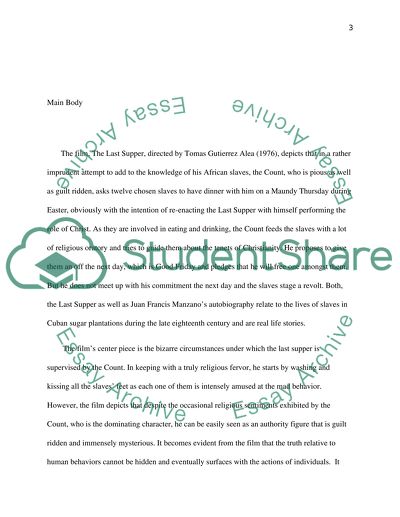Cite this document
(“Spanish Slavery Essay Example | Topics and Well Written Essays - 1250 words”, n.d.)
Spanish Slavery Essay Example | Topics and Well Written Essays - 1250 words. Retrieved from https://studentshare.org/history/1440745-spanish-slavery
Spanish Slavery Essay Example | Topics and Well Written Essays - 1250 words. Retrieved from https://studentshare.org/history/1440745-spanish-slavery
(Spanish Slavery Essay Example | Topics and Well Written Essays - 1250 Words)
Spanish Slavery Essay Example | Topics and Well Written Essays - 1250 Words. https://studentshare.org/history/1440745-spanish-slavery.
Spanish Slavery Essay Example | Topics and Well Written Essays - 1250 Words. https://studentshare.org/history/1440745-spanish-slavery.
“Spanish Slavery Essay Example | Topics and Well Written Essays - 1250 Words”, n.d. https://studentshare.org/history/1440745-spanish-slavery.


